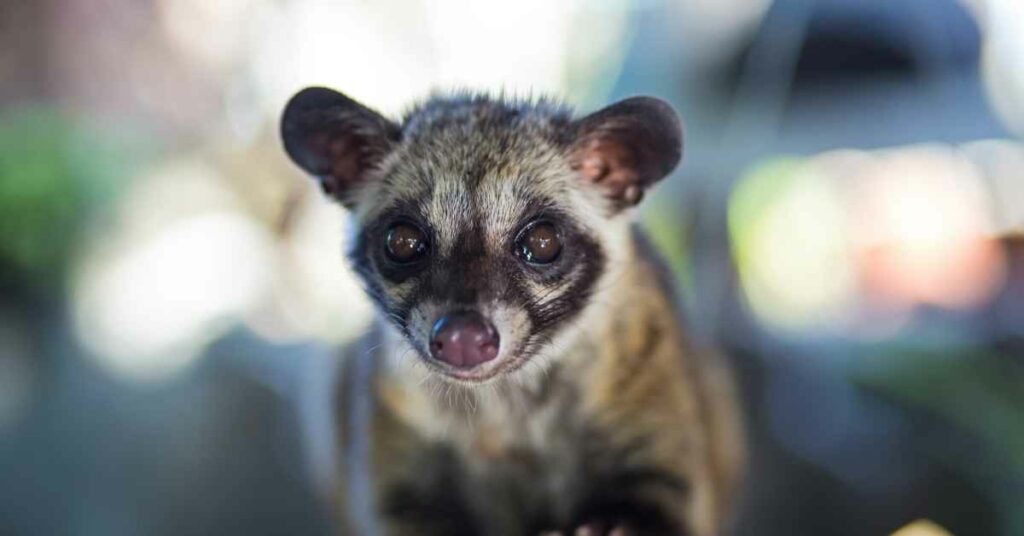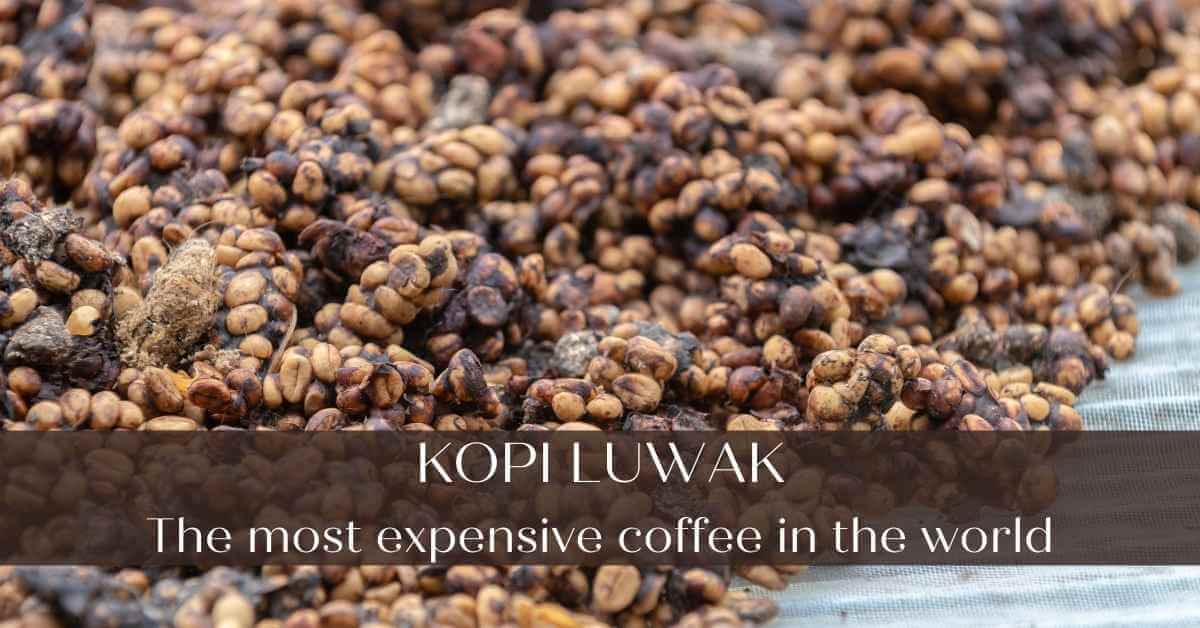The most expensive coffee in the world? Have you tried it yet?
Do you know which is the most expensive coffee in the world? If yes, have you tried it yet? The most expensive coffee in the world is made from the poop of a civet cat.
Civet coffee, a drink popular among the rich in the Gulf countries and Europe, is marketed for Rs.20,000-25,000/kg in the international market.
Because of the unusual way of creating such a coffee, Civet coffee, also known as Luwak coffee, is pricey. It is made from coffee beans digested by the civet cat. This cat’s faeces are collected, processed, and sold.
It is expensive since it is claimed to be more nutritious and the high expense of obtaining animal droppings, wastage during processing, and quality certification.
India, Asia’s third-largest producer and exporter of coffee, has begun manufacturing the most expensive coffee in the world, which is derived from civet cat dung, on a small scale in Karnataka’s Coorg region.
In the country’s largest coffee-growing state, Karnataka, a start-up firm, Coorg Consolidated Commodities (CCC), has made a modest start by producing this luxury coffee on a small scale.

Kopi Luwak: The most expensive coffee in the world
Kopi luwak coffee is made from partially digested coffee cherries chewed and defecated on by the Asian palm civet (Paradoxurus Hermaphroditus). It is also known as civet coffee.
The cherries ferment as they transit through the intestines of a civet. They are collected after defecating with other faecal debris. Asian palm civets are increasingly being captured and trafficked in the wild for this purpose.
Coffee bean producers say that the technique may improve coffee through two mechanisms:
- Selection (civets eating only specific cherries) and
- Digesting (biological or chemical agents in the animal’s digestive tract changing the makeup of the coffee cherries).
The traditional method of coffee making
The traditional practice of collecting excrement from wild Asian palm civets has given place to an intense farming method in which the palm civets are housed in battery cages and force-fed cherry.
This manufacturing method has prompted ethical questions regarding the treatment of civets and the conditions in which they are kept, including seclusion, poor diet, small cages, and a high mortality rate.
Origin of the Kopi Luwak coffee
The history of kopi luwak intertwines with the history of coffee cultivation in Indonesia. Dutch colonialists planted coffee plantations in Indonesia and imported Yemeni beans. Farmers in central Java began brewing and drinking coffee from excreted beans picked on their farms in the nineteenth century.
Price and availability
- Kopi luwak is one of the most expensive coffees in the world, selling for between $220 and $1,100 per kilogram ($100 and $500/lb) in 2010. The price paid to collectors in the Philippines is closer to US$20 per kilogram.
- The speciality Vietnamese weasel coffee, which is made by collecting coffee beans eaten by wild civets, is sold at US$500 per kilogram.
- Most customers are Asian, especially those originating from Japan, China and South Korea. Sources vary widely as to annual worldwide production.
- The price of farmed kopi luwak in large Indonesian supermarkets costs about US$100 per kilogram, five times the price of a high-quality local arabica coffee.
What does Kopi Luwak taste like?
The flavour of Kopi Luwak is earthy primarily and musty, with traces of caramel and chocolate, and some people use the word “jungle” as if it were a flavour descriptor.
However, according to faeces coffee fans, the taste is determined by a multitude of elements such as
- Tree kind.
- Soil type.
- Seasonal fruits consumed by the civet.
Above all, what distinguishes Kopi Luwak is that it is swallowed, digested, and defecated by the palm civet.
How does this influence the flavour?
As previously said, the civet is supposed to be incredibly picky about the cherries it consumes, and selecting the most developed fruits is the foundation of a superb cup.
Second, during the animal’s digestion, the fruit undergoes a fermentation process in which enzymes break down some of the protein contained in the bean. Because protein is the component that gives coffee its bitter taste, the result should be a smooth cup of coffee with no disagreeable aftertaste.
Is it safe to drink?
While the beans obtained from faeces do have higher contamination levels, the processed beans are entirely safe to consume and do not contain any pathogens.
Is it really worth the buzz?
You may not believe the buzz around Kopi Luwak. Indeed, it has gotten some scathing criticism from respected reviewers.
Following a taste test, noted cupper Rocky Rhodes of International Coffee Consulting Group reportedly stated that “it was clear that Luwak coffee sold for the tale, not higher quality.”
The Specialty Coffee Association of America’s Andrew Hetzel says that “Kopi Luwak coffee is a ruse, a fairy tale contrived to sell unsuspecting people inferior coffee at outrageously inflated costs.”
To conclude, would you try to taste it?
It is entirely up to you if you want to taste one of the most expensive coffee in the world, with the possibility of it being either fake or created by exploiting caged civets.
You can also look for ethical, sustainable producers who will provide wild and humane coffee, albeit these projects are currently few and far between.
Above all, would you give it a shot?

You wish to meet a smart freaky blogger who loves exploring myths, superstitions, and facts. That’s me. A Digital Marketer, blogger & cook. All of the above.

